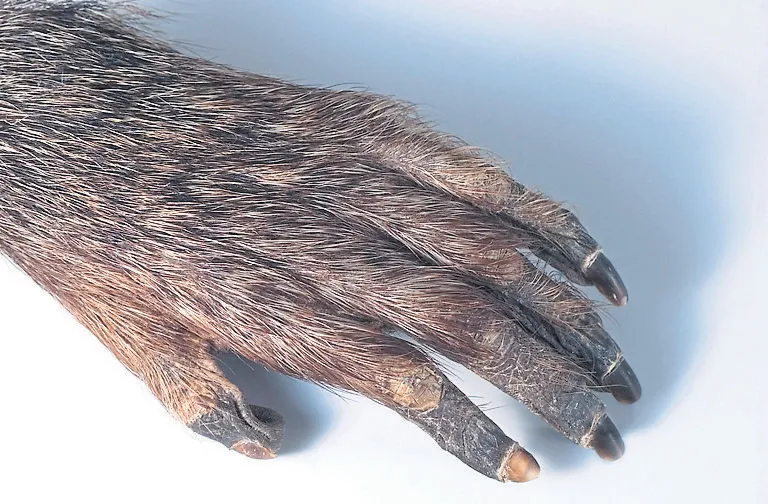Dr Calum MacKellar asks about the prospect of crossing humans with animals, which could be manufactured by modern science
In 2016, US scientists were told that research may be funded to develop human-nonhuman chimeric embryos.
These are embryos formed from the combination of human and nonhuman embryonic cells. It is believed that these may be useful to investigate human development, disease pathology and organ transplantation.




